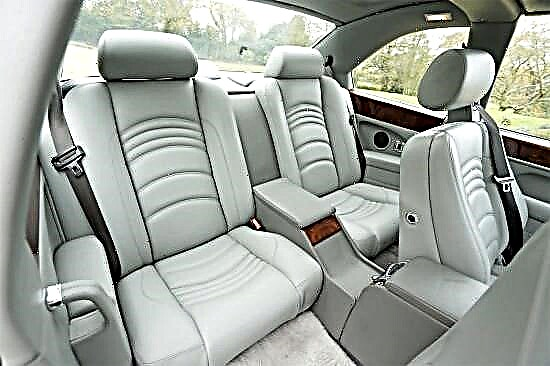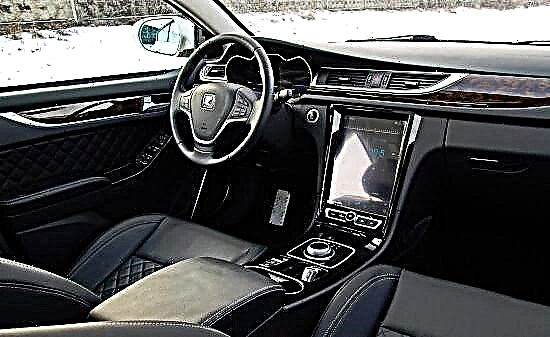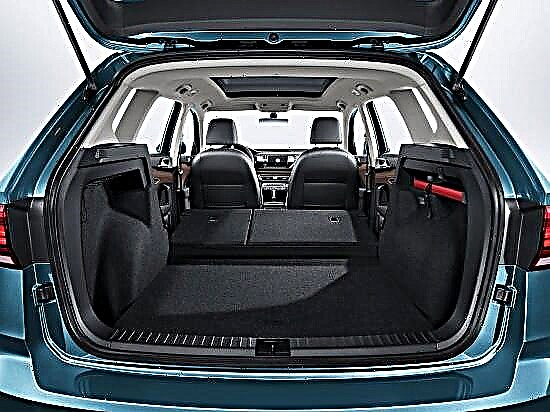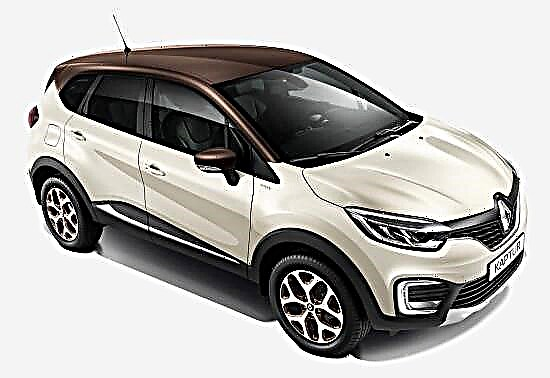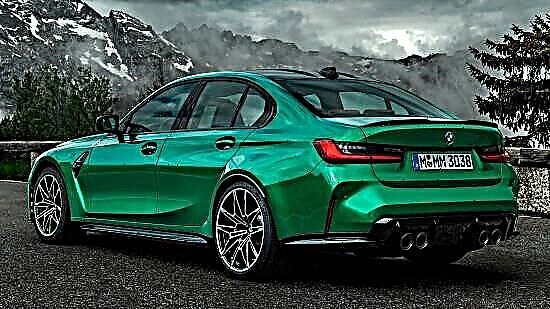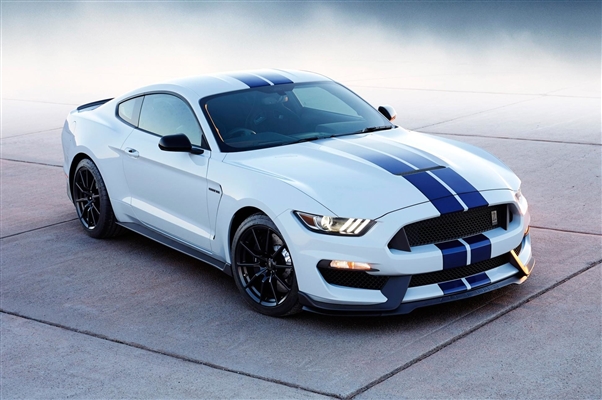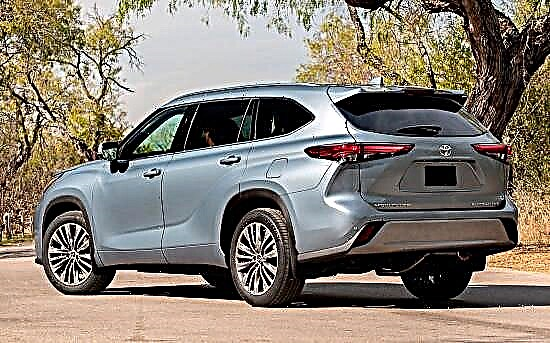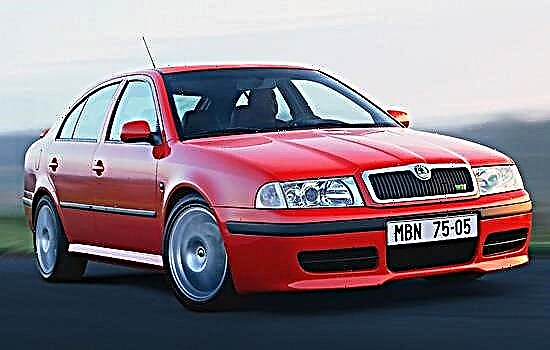The first generation of the "charged" Skoda Octavia with the "RS" marking appeared in the range of the Czech automaker in 2001, and differed from the standard "brothers" not only in "sporty surroundings" in design, but also in a high-performance engine and more "enduring" technology.
In this form, the car was mass-produced until 2004, when it gave way to the assignee on the conveyor.

The original "release" of the Skoda Octavia RS (as well as the "civilian source") is a representative of the "golf" class and combines two body solutions - a five-door liftback and a station wagon.

In length, the car stretches for 4507-4513 mm, and between the axles it fits a wheelbase of 2508-2512 mm. The width of the Czech "lighter" is 1731 mm, the height is 1431-1444 mm, and the ground clearance is 140 mm.
Specifications. For the Skoda Octavia RS of the first generation, one gasoline engine was offered - a 1.8-liter inline four with distributed injection, 20-valve timing and a turbocharger, generating 180 "stallions" at 5500 rpm and 235 Nm of torque at 1950-5000 rpm minute.
The entire power reserve is delivered to the wheels of the front axle using a "manual" transmission with five gears.
The Er-eska copes with the exercise to set the first 100 km / h after 7.9-8 seconds, accelerating to a maximum of 231-235 km / h.
In a mixed driving cycle, a car “destroys” 8 liters of fuel for a “hundred” way.
At the heart of the "first" Skoda Octavia RS is the front-wheel drive "bogie" PQ34 (aka "A4") with a transversely mounted power unit in the front.
The "charged" model has independent suspensions on both axles: on the front - classic MacPherson struts, and on the rear - multi-link architecture.
The car is equipped with a power steering integrated into the rack and pinion mechanism and four-wheel disc brakes (ventilated in front) with ABS, EBD and other "electronics".
The first "release" of the RS-version of "Octavia" boasts: laconic appearance, ergonomic and comfortable interior, powerful engine, good dynamics, high stability on the road, serviceability, reliable design, excellent handling and other positive qualities.
Well, among its disadvantages are: decent fuel consumption, harsh suspension, modest ground clearance and poor sound insulation.

